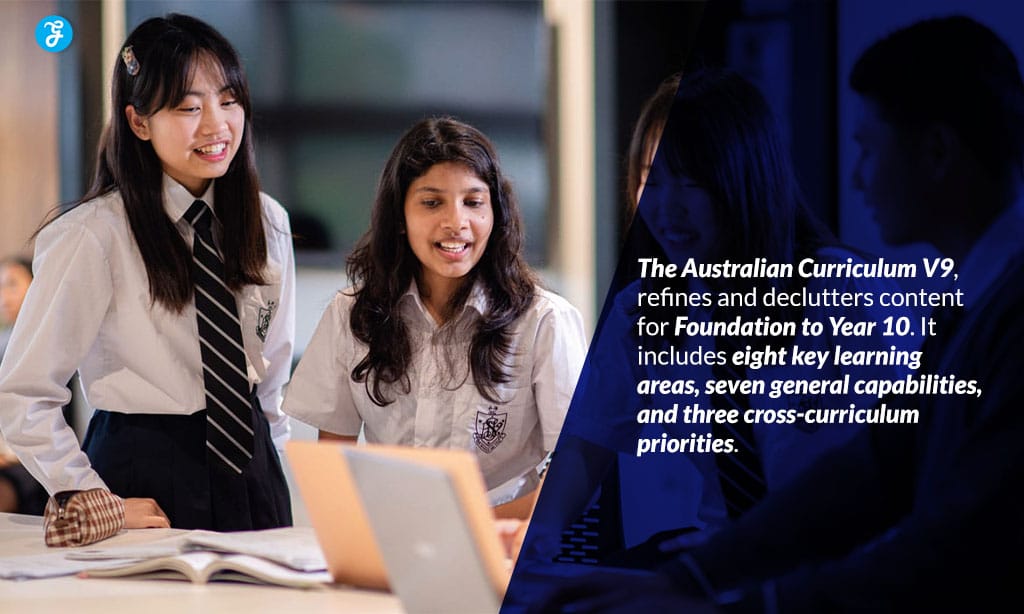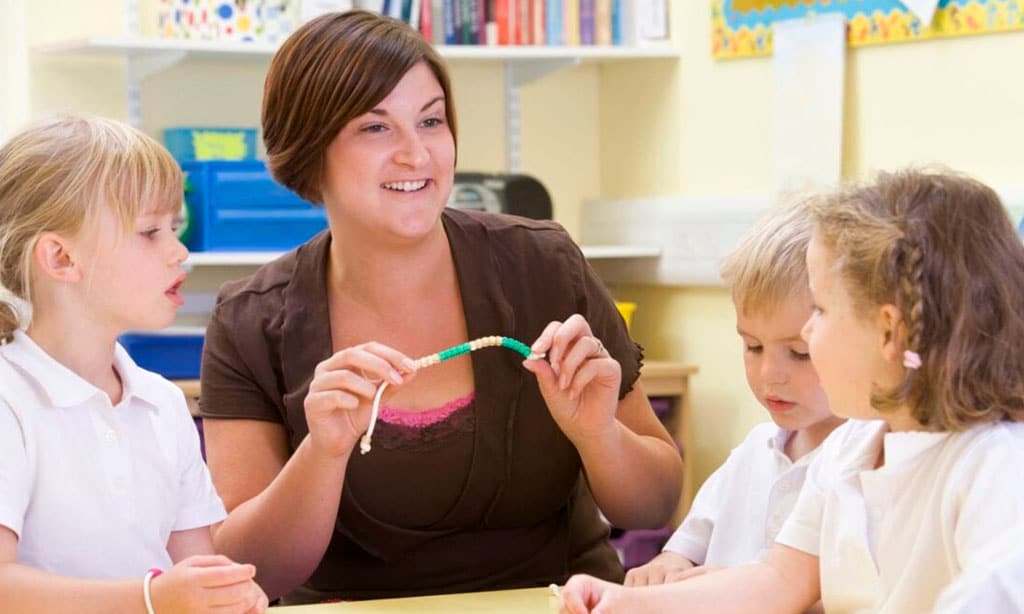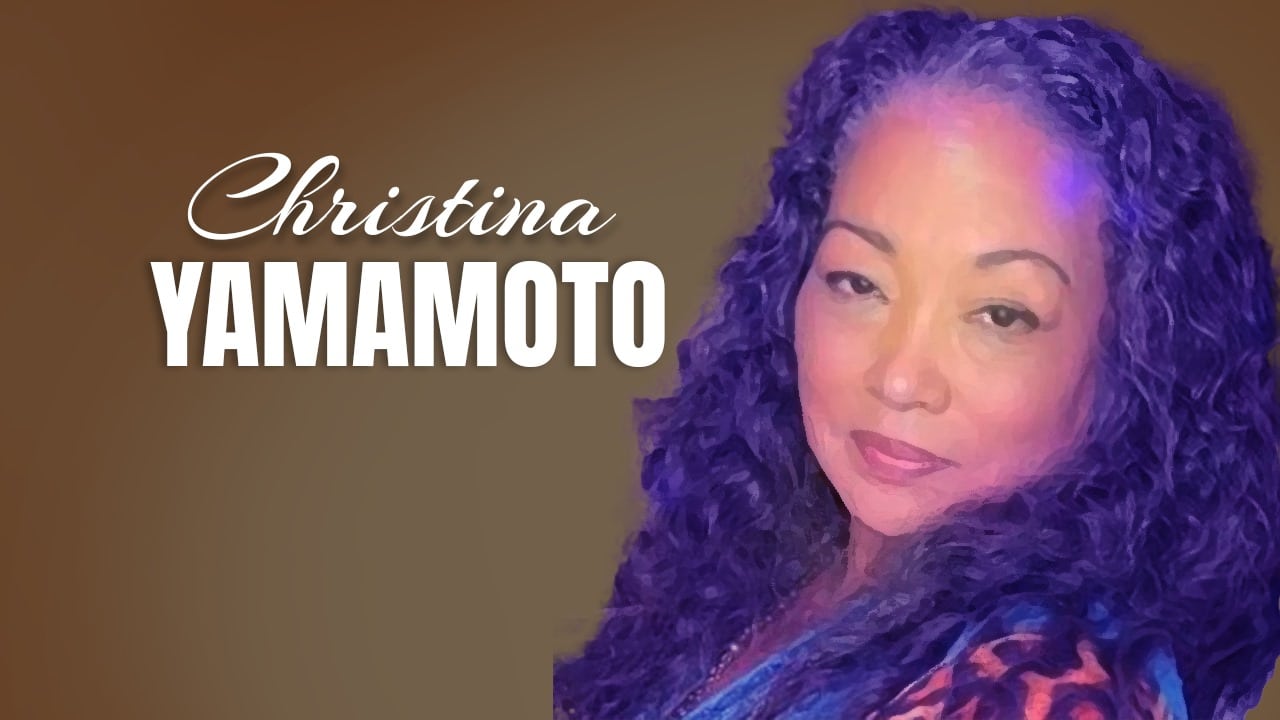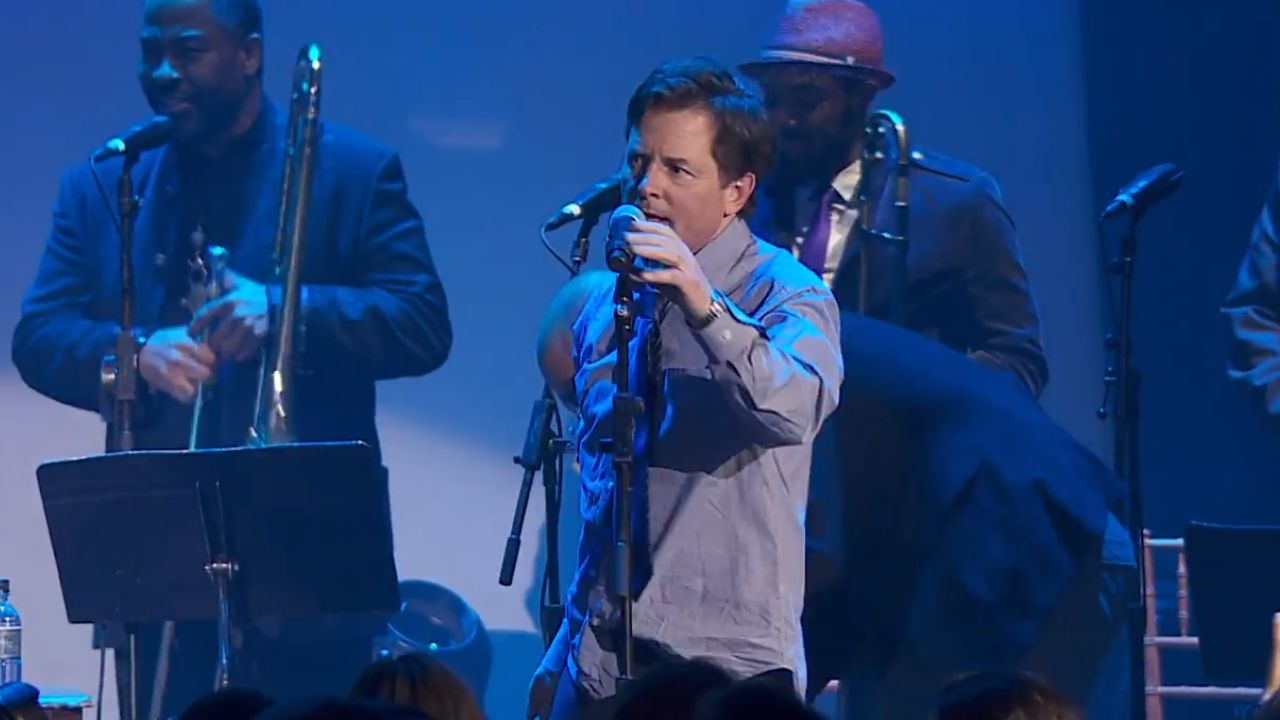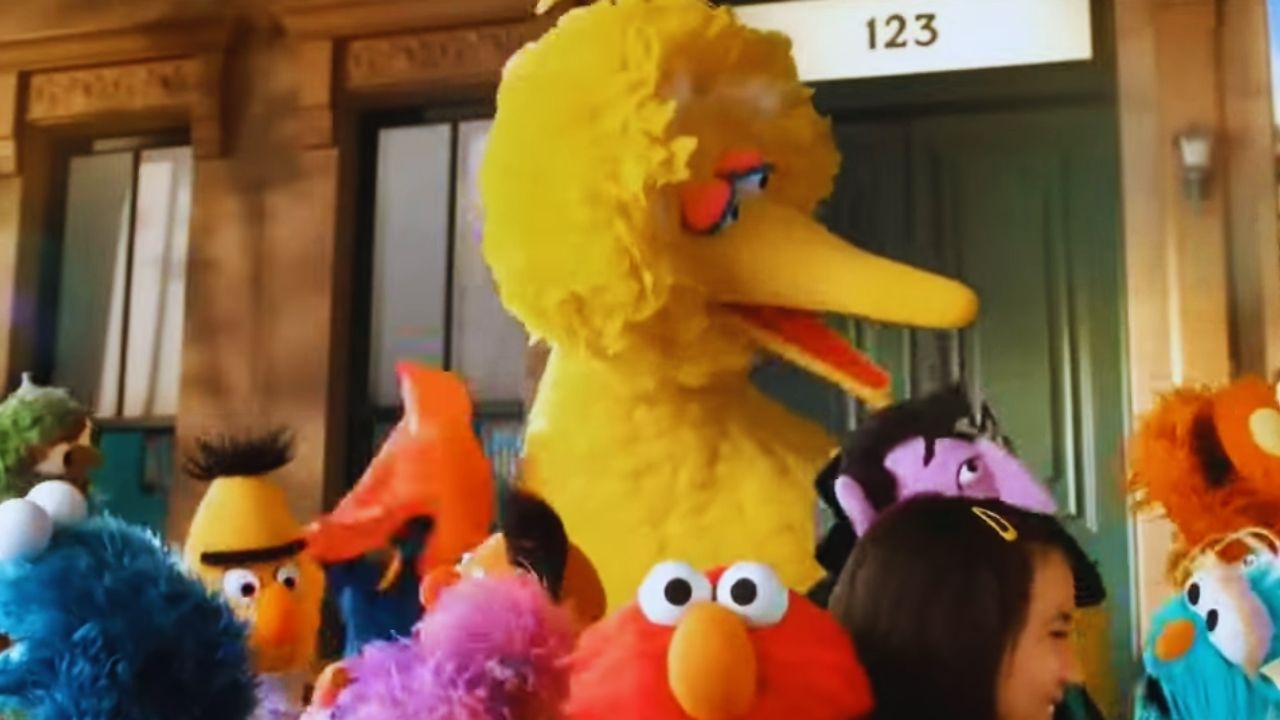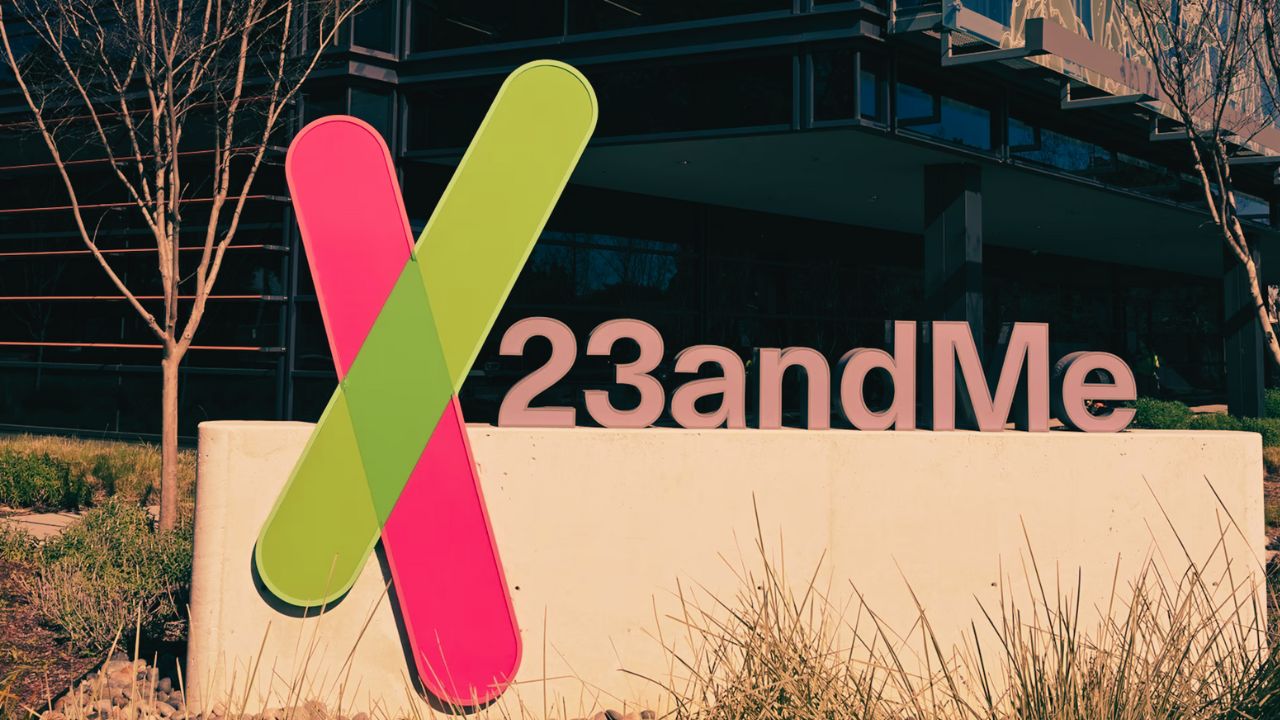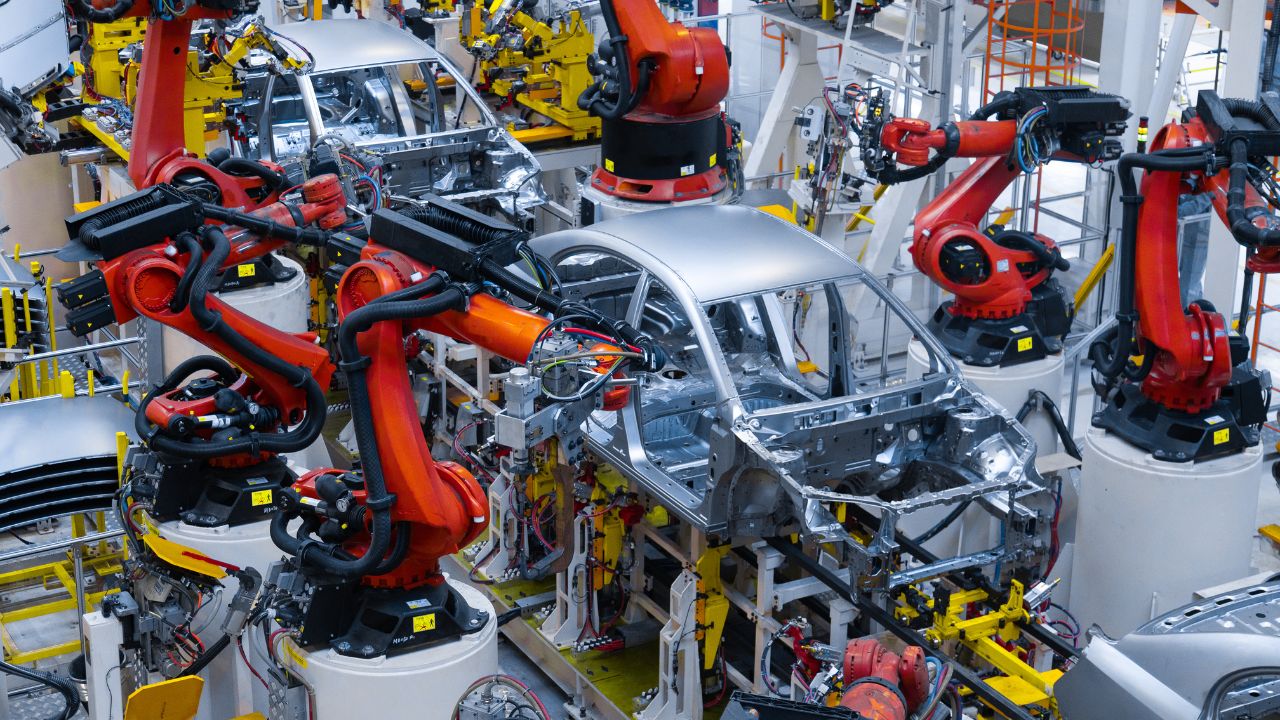Teachers and students are always looking for the latest in education. The Australian Curriculum v9 brings new changes. One key update is the focus on Aboriginal and Torres Strait Islander histories and cultures.
Our article sheds light on these updates.
We cover subjects like English, math, science, and more. You’ll learn about technology in classrooms too. Find out how this all makes learning better. Keep reading to discover more!
Overview of the Australian Curriculum V9
The Australian Curriculum Version 9.0 brings fresh changes. It adds new topics and gives more focus to the histories and cultures of Aboriginal and Torres Strait Islander peoples.
Key changes in structure and content
The Australian Curriculum Version 9.0 brings fresh changes. It now has more focus on Aboriginal and Torres Strait Islander histories and cultures. This is a big step in teaching students about the traditional owners of the land.
Also, there’s a push for digital literacy. Kids will learn how to use tools like Google Slides and Sheets better.
In subjects like math, science, and HASS, new codes guide what gets taught. For example, English has codes like AC9M7M02, showing what lessons fit where. The curriculum also lists 6,900 teaching resources to help teachers plan their classes easily.
Plus, it covers different year levels from preschool up to Year 7 with detailed plans for each grade.
Emphasis on Aboriginal and Torres Strait Islander Histories and Cultures
The Australian curriculum now puts more focus on the stories and ways of life of the Aboriginal and Torres Strait Islander people. This is a big change. Students will learn about the long history, rich culture, and knowledge of Australia’s first peoples.
They will understand how these traditions are still important today.
Teachers use stories, art, and land to teach these lessons. Schools also talk about the rights of traditional owners and custodians. This helps all Australians know more about the country’s first cultures.
It makes sure students respect and celebrate this part of Australia’s identity.
Changes in Educational Focus Areas
The Australian Curriculum V9 brings new lessons in math, science, and social studies. Teachers will use fresh tools like word puzzles and digital spreadsheets to help students learn.
Mathematics
Math changes in the Australian curriculum mean new ways to solve problems. Now, students use numbers in more real-world situations. They learn from codes like ACMNA001, ACMNA058, and ACMNA033.
This helps them see math everywhere—from word searches to Google Sheets.
This new focus also brings up numeracy skills. Kids now tackle 2,044 resource collections and face 2,983 resource promotions head-on. It’s not just about numbers; it’s about using them smartly across all subjects.
Oxford University Press and other educators push for these skills early on, preparing students for big tests like NAPLAN and beyond.
Science
In science, students now explore more about their environment and how things work. They use codes like ACSSU049 to learn about solids, liquids, and gases. Another code, ACSSU033, helps them understand day and night cycles.
These studies make kids think deep. They ask questions and find answers through experiments.
Teachers use different plans to teach science better. This includes inquiry-based learning where students look closely at real-world problems. They also get materials that fit each kid’s needs.
This way, every student gets a chance to love science.
Humanities and Social Sciences (HASS)
HASS stands for Humanities and Social Sciences. It’s a big part of the Australian curriculum. The new version adds more topics about Aboriginal and Torres Strait Islander histories and cultures.
This change helps students learn more about Australia’s rich history. They get to see different sides of stories from the past.
Students in HASS look at maps, read stories, and discuss important events. They also learn how to think critically about what they hear and read. This is key for understanding not just Australia’s story but the world’s too.
The updated educational framework includes HASS because it teaches valuable skills like analysis and empathy. Plus, students can customize their views on these topics to match their interests or goals, thanks to options in the curriculum.
This makes learning more interesting and personal for each student.
Impact of Technology in the Curriculum
Technology plays a big part in the Australian Curriculum Version 9. Schools will use more computers and artificial intelligence to make learning better.
Integration of Artificial Intelligence (AI)
Schools in Australia are now using AI, short for artificial intelligence. This means teachers use smart programs to help students learn better. These programs can look at how a student does in class and then suggest what they need to work on next.
It’s like having a personal helper for every student.
Also, AI helps with things outside of regular lessons. For example, it can make learning games or tools that make studying more fun and interesting. Students might get to build their own robots or design computer apps as part of their school projects.
This new way of learning gets them ready for jobs that will need people who know about technology and AI.
Mental Health and Wellbeing Initiatives
Schools now focus on mental health and wellbeing. They teach students how to stay healthy in body and mind. Health codes like Health 4.4(A) and Health 5.4(A) show this is serious. Students learn about feelings, stress, and how to ask for help.
Lessons include fun activities that make learning easy. Teachers have new ways to talk about mental health without making it feel weird or scary. This helps everyone feel okay about talking and sharing their feelings at school.
Health and Physical Education classes cover more than just sports now—they tackle important topics like mental wellness too. Schools want all kids to know they’re not alone with their thoughts or worries.
It’s a big step in making sure every student feels safe, valued, and understood.
Takeaways
Understanding the changes in the Australian Curriculum Version 9 shows us how education adapts to our world. We now see more focus on important areas like Aboriginal and Torres Strait Islander histories; key subjects such as mathematics, science, and HASS have updates too.
Technology plays a big role with AI getting into classrooms. The curriculum also cares about mental health and wellbeing now. All these steps ensure students get relevant knowledge for today’s challenges.
This update opens new doors for learning in Australia.



